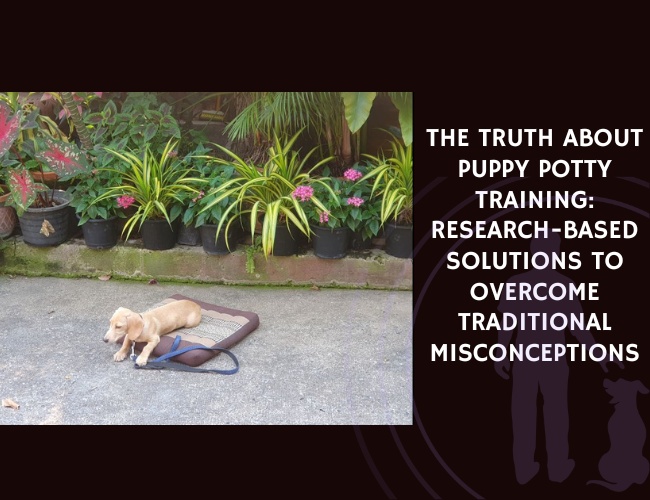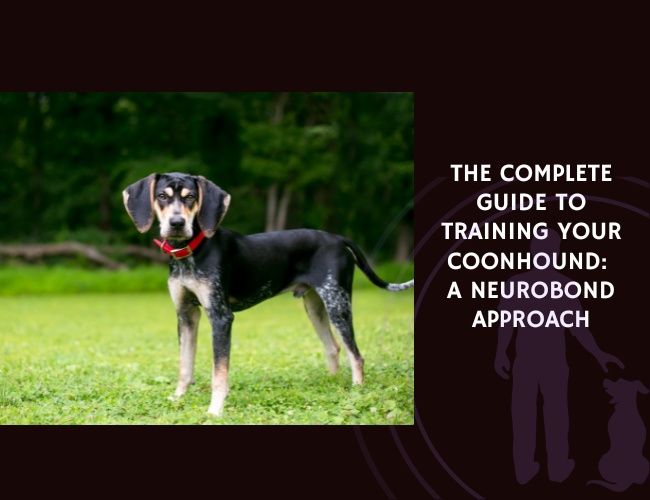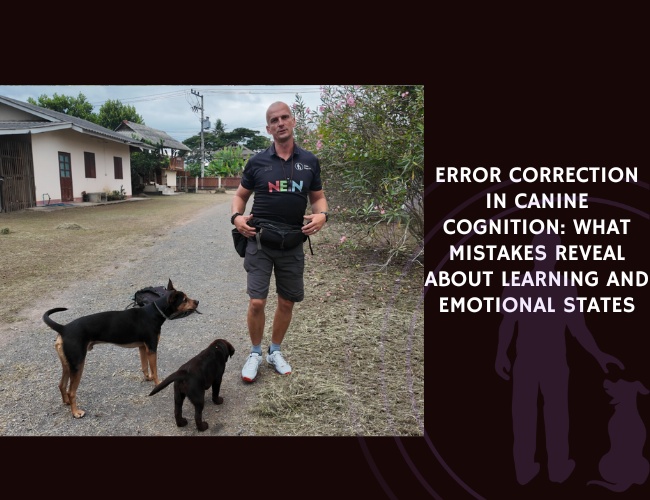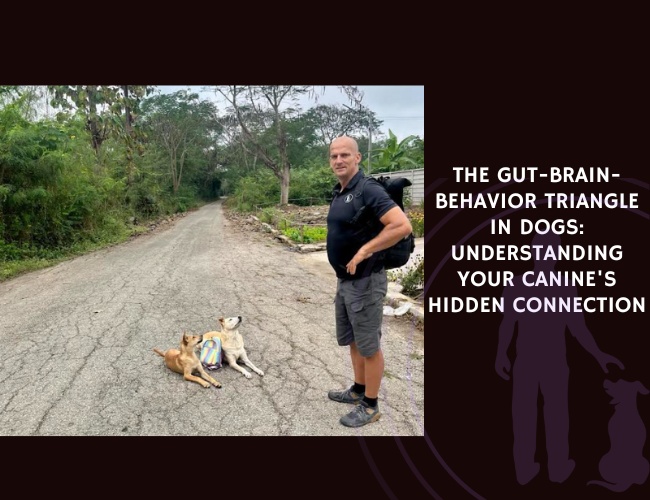Introduction: Understanding the Science Behind Puppy Potty Training
Why Evidence Matters
Let’s face it—potty training a puppy can be both exciting and a little overwhelming. You want to do everything right, but the advice out there can get confusing fast! That’s why it’s so important to use science-based methods. Research shows us what really works to help puppies learn, and helps you create good habits for a lifetime. Evidence-backed strategies help build a trusting bond with your furry friend, reduce accidents, and make the process less stressful for everyone involved.
How Misconceptions Trip Us Up
Many dog owners pick up “tips and tricks” from friends or online forums—some of which do more harm than good. For example, have you ever heard that puppies “know by instinct” not to pee inside or that rubbing their nose in an accident will teach them a lesson? Unfortunately, these old-school ideas aren’t just unhelpful—they can actually make puppy training harder and create confusion or fear for your pup.
When people lean on these misconceptions, they might blame their puppy for accidents, miss important training windows, or use punishment-based methods that science shows are truly ineffective. Instead of helping, these approaches can lead to setbacks, such as puppies hiding accidents or even fearing their owners.
Our Goal: Supportive, Smart Guidance
Our aim is clear and supportive: to bust myths and give you only what truly works. In this article, you’ll discover research-backed solutions for every step of the potty training journey. We want to help you set realistic expectations, build a positive learning environment, and understand the real reasons behind puppy behavior. Most importantly, you’ll find the confidence to guide your puppy with kindness and skill every step of the way. 😊
Let’s create a stress-free, evidence-based training experience that sets you and your puppy up for long-term success.
Debunking Common Potty Training Myths
Puppies Don’t Know the Rules—Myth #1
One of the biggest misconceptions is believing puppies are born knowing not to go potty indoors. In reality, puppies do not have this instinct. Their bodies and brains are still developing, especially before 12 weeks old. They simply don’t have the physical control or the knowledge to hold their bladder for long periods or to recognize where to go. Without guidance, it’s completely normal for them to have accidents. Expecting automatic understanding sets you up for frustration—and your puppy for confusion. A structured learning process and lots of patience are essential for success 🚩.
Punishment Teaches the Wrong Lesson—Myth #2
Another persistent myth is that rubbing a puppy’s nose in its mess will teach them not to go inside. Let’s clear this up: this tactic is not only ineffective, but it’s also harmful. Puppies don’t make the connection between their accident and your reaction. What they learn instead is to fear the person teaching them. This fear leads to anxiety, hiding accidents, or even submissive urination. Training built on fear erodes trust between you and your puppy, making the process longer and more stressful for both of you 😟.
Outgrowing Accidents is Unlikely—Myth #3
Some believe puppies will eventually stop soiling indoors “on their own.” While puppies do slowly develop better bladder control, proper habits won’t magically form without your help. Training provides your puppy with the routine and rules they need. Skipping this vital step often means continued accidents and a rocky relationship. Your involvement truly sets the stage for lasting house manners 🐾.
Adopting an informative and supportive approach, you can move past these myths toward better training results. Next, we’ll get into how puppies actually learn, and why your methods matter as much as your mindset.
The Psychology of Canine Learning: Operant Conditioning Principles
How Puppies Actually Learn
Let’s put ourselves in a puppy’s paws for a moment. Imagine moving into a new home, eager to please, but not quite sure what all the house rules mean. Puppies don’t come pre-programmed knowing not to potty inside. Instead, they learn through a process called operant conditioning. This means behaviors followed by good outcomes—like getting a tasty treat or cheerful praise—are more likely to happen again. If you celebrate the moment your puppy goes outside, you’re reinforcing the behavior you want. 🦴
Punishment, like yelling after an accident, doesn’t actually teach your puppy what you want. Puppies connect rewards and consequences to things happening right now, not in the past. If you punish after the fact, your puppy may just get confused or scared, not understanding what went wrong. Positive reinforcement—treats, kind words, or a favorite toy—helps your puppy understand what earns them attention and rewards.
The Critical Importance of Timing
Timing matters more than you might think. A puppy’s memory works in short bursts. Rewards must happen immediately after the right behavior for your puppy to make the connection. If you wait too long—even just a minute or two—your puppy might not know what they’re being praised or corrected for. To help your puppy succeed, always have treats or praise ready for those successful potty breaks outside. This builds a clear connection in their growing brain between action and reward.
Delayed responses can cause uncertainty and slow down learning. Consistency is key, so responding quickly and in the same way every time builds confidence and understanding for your puppy.
Why Positive Reinforcement Wins
Research shows that positive reinforcement does more than just teach skills—it helps puppies feel safe and connected to their caregivers. Punishment or negative responses, however, can lead to stress, fear, or even behavioral setbacks. Puppies trained with patience and positivity are not only quicker learners, but they’re also happier and more confident companions.
By supporting your puppy with timely, upbeat reinforcement, you’re not just working on potty training—you’re setting the stage for all future learning together. Keep your approach consistent, loving, and fun, and you’ll foster a trusting bond that lasts a lifetime.
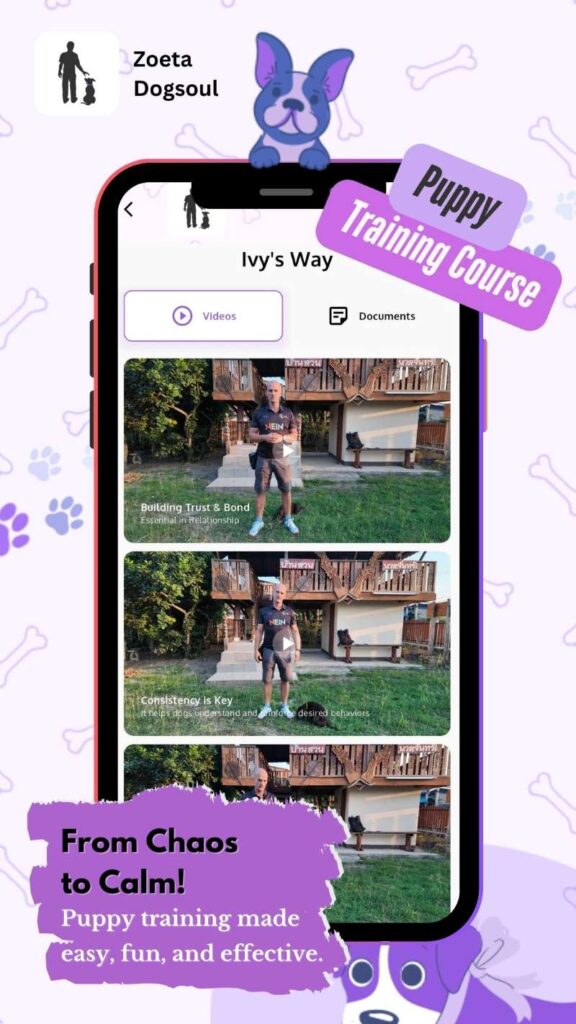
Developmental Stages and Bladder Control
Why Young Puppies Can’t Hold It
Puppies are adorable bundles of energy, but their bodies come with real physical limits. Before 12 weeks old, most puppies just can’t control their bladders fully. Their muscles are still growing, and their nervous systems are not quite ready for the demands of “holding it” for long periods. So, even if your young pup wants to please you, accidents will still happen. This is not stubbornness—it’s simply biology.
Puppies need frequent potty breaks. Try to remember: if your pup is under 12 weeks, it’s normal for them to need a bathroom trip every hour or two during the day. Overnight, very young puppies might need at least one bathroom break as well. Consistent, supportive care helps set everyone up for success. 😊
The Growing Puppy Brain
It isn’t just the muscles that need time—puppy brains are still developing, too! During these early weeks, your puppy is just starting to learn and remember rules. Memory consolidation is ongoing, so gently repeating routines and rewarding good behavior helps your puppy connect the dots faster. Think of each successful potty trip as a building block for your puppy’s lifelong habits.
There are special windows, called sensitive periods, when puppies are extra receptive to learning. Early positive experiences can make potty training smoother and quicker. If inconsistencies sneak in during these times, it might slow down their learning. It’s important to work with your puppy’s timeline, not against it.
Work With, Not Against, Development
Trying to rush a young pup is a recipe for stress on both sides. Your patience and understanding are needed as you guide your puppy through these stages. Watch for signs that your puppy needs to go, stick to regular meal and potty schedules, and celebrate the small victories. When accidents do happen, remember they’re part of the process—never a sign of failure.
By embracing your puppy’s developmental stages—and adjusting expectations accordingly—you’re creating a confident, well-adjusted canine companion, one pawstep at a time.
Ready to continue building a positive potty training journey? Stay tuned for guidance on how your attitude and actions as an owner can shape your puppy’s success!
The Harmful Effects of Punishment-Based Methods
Why Punishment Causes Fear and Confusion
If you’ve ever felt frustrated after discovering a puppy accident indoors, you’re not alone. However, it’s important to recognize that using punishment—like yelling or rubbing your puppy’s nose in an accident—can do more harm than good. Instead of teaching your puppy where to go, such actions create fear and anxiety. Puppies can become confused, unsure whether it’s the act of pottying or your presence that is scary. Over time, this fear can make them anxious around you or the potty area, which is the opposite of what you want in your relationship 😊.
Punishment methods don’t actually help puppies connect the dots. Because dogs don’t link a past accident with punishment later, all they learn is to be afraid of getting caught, not that they should potty outdoors. This can seriously slow down training progress, leaving both you and your puppy frustrated [Potty Training Myths That Sabotage.txt].
Unintended Consequences: Hiding Accidents and Submissive Urination
Punishing your puppy for accidents can lead to hidden problems. Puppies may start sneaking off to go out of your sight, hiding their accidents under furniture or in corners. This isn’t misbehavior—it’s avoidance out of fear. Some puppies may even develop submissive urination, peeing to show they’re not a threat when they feel scared. This behavior is a sign of stress and confusion, not stubbornness.
These patterns can damage your trust and make clean-up and supervision even tougher. Instead of building confidence, your puppy learns to be secretive and nervous when nature calls.
Damaging the Human-Animal Bond
Using harsh or aversive methods doesn’t just affect your puppy’s behavior—it impacts your bond with them. When a puppy is corrected harshly, they start to see you as a source of stress, not comfort. That important connection, based on trust and security, gets weaker over time. Puppies need to know you’re on their side! Supportive approaches, using praise and treats, reinforce positive feelings between you and your puppy, strengthening your relationship for the future.
Creating a safe, encouraging environment helps your puppy feel confident and eager to learn new skills. Let’s focus on what really works and build habits rooted in kindness and science for a happy, well-trained companion.
Rethink Potty Training.
Most people get potty training wrong.
Outdated myths and punishment tactics are still widely used—despite research proving they don’t work. These approaches cause confusion and stress rather than results.
Science gives us better tools.
Modern methods based on timing, repetition, and positive reinforcement are not only more effective—they’re also more humane. Puppies learn faster when trust is the foundation.
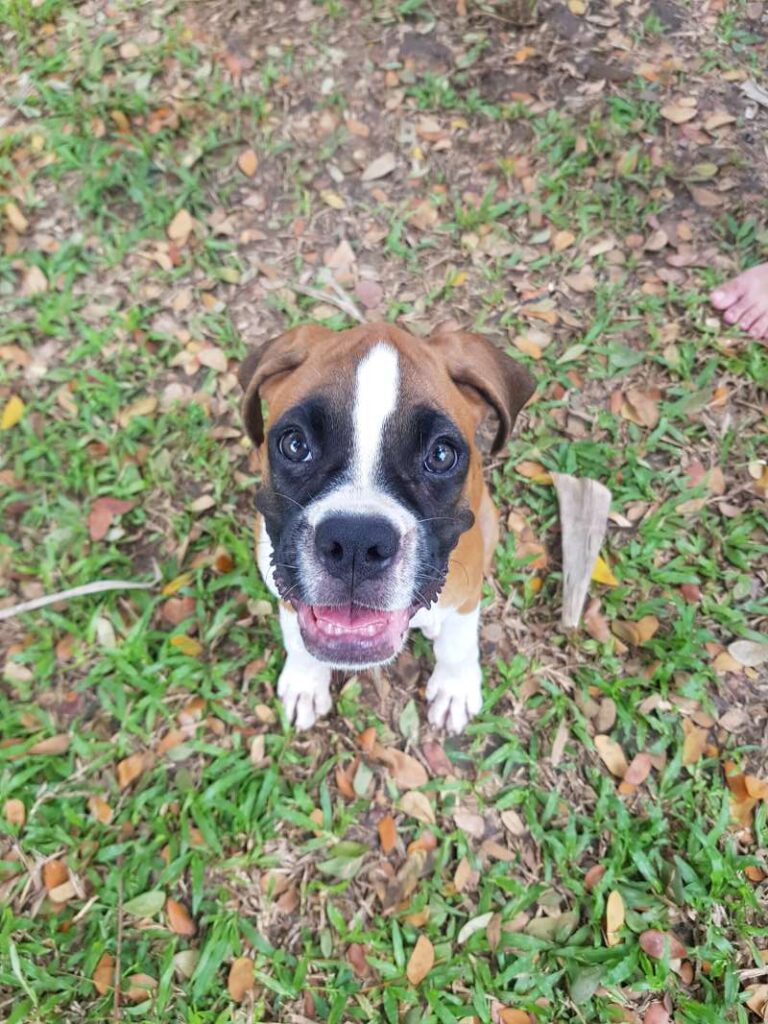
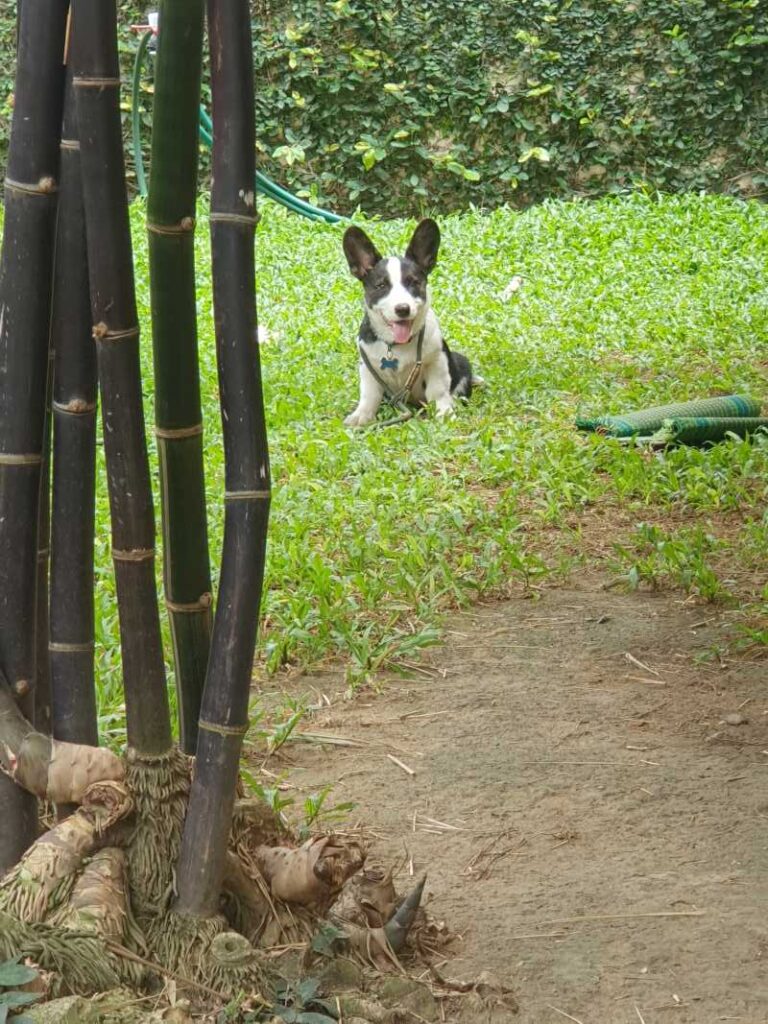
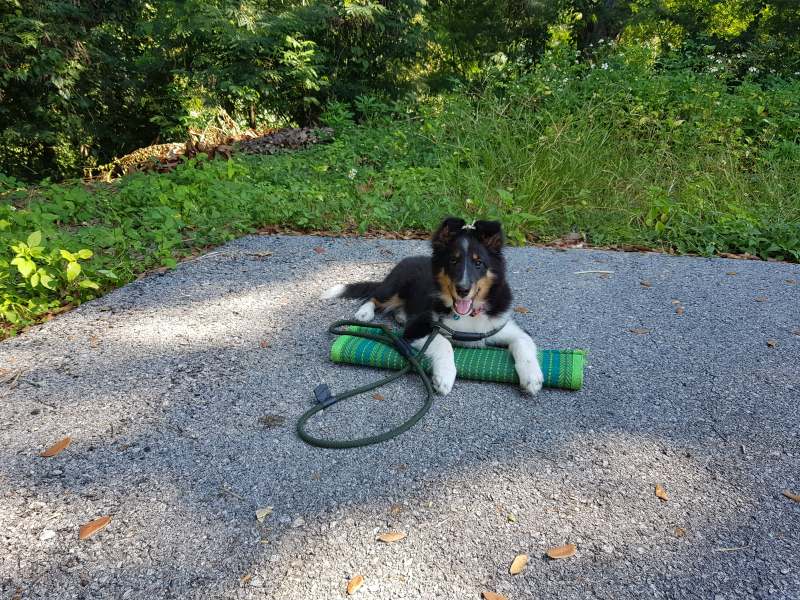
This article shows what works.
We break down the biggest misconceptions and offer clear, research-backed solutions. You’ll get practical tools that lead to better habits, faster progress, and a stronger bond.
Owner Behaviors That Influence Training Success
Consistency and Clear Expectations
One of the biggest hurdles to effective potty training is inconsistent reinforcement. Puppies thrive on clear routines and predictable rewards. If you sometimes reward your puppy for going outside but ignore or punish accidents inside, this sends mixed signals and makes learning much harder. Timely, reliable praise lets your puppy know exactly what you want. Remember, immediate positive feedback—like a cheerful “Good job!” or a tasty treat—works wonders for young learners.
Equally important is setting clear expectations. If your puppy doesn’t understand the house rules or if those rules change, confusion sets in. For example, letting your pup outside sometimes but not on a regular schedule can cause uncertainty. Puppies need to know what’s expected, so stick to a routine and celebrate their successes every time.
Emotional Responses Matter
Puppies are sensitive to your moods and reactions. If you feel frustrated or lose patience after an accident, your puppy may pick up on your tone or body language. This can create stress or anxiety, making it even harder for them to learn where they should go potty. Strong negative emotional reactions—like anger or scolding—don’t teach what behavior you want. Instead, they might make your puppy fearful or nervous around you or the act of elimination itself.
On the flipside, a calm and supportive approach reassures your puppy and supports learning. Keeping the atmosphere positive encourages your puppy to try again next time, building their trust and your bond. 😊
Patience and Realistic Timeframes
Puppy potty training is rarely a quick fix. Expecting instant results can lead to disappointment. Bladder control develops as puppies grow, and every pup learns at their own pace. It’s perfectly normal for accidents to happen in the early weeks. With steady routines, prompt rewards, and lots of patience, your puppy will get there.
When you stay patient and consistent, you help your puppy make lasting progress. These simple but supportive owner behaviors lay the groundwork for their future success, both in potty training and beyond.
Research-Based Potty Training Protocol
Establishing Consistent Routines and Schedules
Getting your puppy reliably potty trained starts with a consistent routine. Puppies, especially those under 12 weeks, do not have full bladder control and need frequent opportunities to go outside. Set up a predictable schedule for taking your puppy out—after waking, eating, playing, or napping, and every 1-2 hours during the day. Nighttime may require at least one trip outside, depending on age and bladder strength.
Building this schedule helps tap into your puppy’s natural circadian rhythms and sets up habits that last a lifetime. Sticking to the plan signals to your puppy when and where pottying is expected. If you miss the window, accidents are likely—so consistency really is key 😊.
Using Positive Reinforcement Techniques
Each time your puppy successfully potties outside, immediately reward them with a high-value treat and lots of enthusiastic praise! 🎉 Rewards need to be quick—within seconds—to build a clear connection between the good behavior and the positive outcome. This positive reinforcement makes puppies eager to repeat the rewarded behavior. Remember, ignoring unwanted behavior (accidents indoors) is far more effective than punishment, which can create fear and confusion instead of learning.
Be sure everyone in the household follows the same protocol. Inconsistent rewards or unclear rules will confuse your puppy and slow training progress. Using a cue word like “potty” can also help your puppy associate the signal with the action.
Management Strategies to Prevent Accidents
Prevention is as important as training. Keep your puppy within sight at all times, using baby gates or leashes if needed. Crate training can also help by offering a small, comfortable space—puppies usually avoid soiling their sleeping area.
If an accident happens, stay calm. Quietly clean up and reset your routine. Remember, accidents are simply learning steps, not signs of stubbornness or spite. Your patience—and science-backed methods—will set your puppy up for success and strengthen your bond along the way.
Now that you have a research-based plan, you’re equipped for the practical side of puppy training.

Troubleshooting Common Challenges
Tackling Regression and Accidents
Even with a well-established routine, some bumps in the road are natural. Puppies might suddenly begin having more accidents. This is called regression, and you’re not alone if it happens! Several factors can cause backsliding:
- Growth spurts
- Teething
- Disrupted routines
- Lack of supervision
- Strong emotions or stress
First, check if your puppy’s routine has shifted. Did their schedule change? Did you recently miss a walk? Consistency is key—return to the basics with frequent bathroom breaks and praise for outdoor successes. If regression continues for more than a few days, reflect on any recent changes in your home. Puppies are sensitive to small shifts, so a little patience and extra support often get things back on track. 😊
Managing Training During Transitions
Moving homes, changing family schedules, or even a different season can throw your puppy off. Transitional periods, like moving to a new house or experiencing cold weather, might confuse your puppy’s established habits.
What helps? Stick to established cues and routines. If your puppy is unsure where to go in a new home, show them exactly where it’s okay to eliminate. In winter or during storms, offer frequent, fast trips outside—or use an indoor potty spot if outside isn’t possible. Remember, these changes are confusing for your puppy, so gentle encouragement goes a long way.
When to Seek Professional Help
If your puppy keeps having accidents despite a careful approach, don’t hesitate to consult a professional. Sometimes, persistent issues come from medical causes like urinary tract infections, not just training hiccups. If your puppy suddenly starts having frequent accidents, or shows new distress, check with your veterinarian first.
If medical causes are ruled out, a qualified dog trainer or behaviorist can help tailor strategies to your pup’s needs. Asking for help is a smart and supportive step.
Troubles can pop up—even in the best routines. By staying patient, using positive reinforcement, and seeking help when needed, you create a stronger bond and set the stage for long-term training success.
Conclusion: Building a Foundation for Success
Science-Backed Principles Lead the Way
You’ve made it through the ups and downs of puppy potty training, and that’s worth celebrating! 😊 The real secret to success lies in the science: puppies need time, gentle guidance, and a lot of consistency to make house training work. Relying on evidence—not old wives’ tales or tired myths—is key. You’re not just preventing messes. You’re setting up your puppy for a lifetime of trust and positive behavior.
Positive reinforcement, such as treats and praise, outshines punishment every time. When a puppy is rewarded for going in the right spot, the behavior sticks. In contrast, punishment—especially after the fact—only leads to fear and confusion, sometimes even making accidents harder to solve. Remember, little mistakes are part of the process and not signs of stubbornness or spite.
Long-Term Benefits of Kind, Evidence-Based Methods
Choosing science-backed, compassionate training brings powerful long-term results:
- Your puppy feels safe learning new habits.
- The human-animal bond becomes stronger and more trusting.
- Stress in the household drops, making everyone happier.
- Accidents become rare as your puppy grows and learns.
With positive reinforcement and consistent routines, you’ll also see your puppy develop confidence and reliability.
Encouragement and Realistic Expectations
It’s completely normal for progress to come in fits and starts. Puppies need time for their brains and bodies to work together on house training. If an accident happens, stay calm and simply refocus on your routine. Celebrate the small wins (because there will be many!), and approach bumps in the road as part of the learning curve. Every puppy learns at their own pace.
By following research-based methods and supporting your puppy with patience and praise, you’re creating the best foundation for a well-adjusted companion.

